Evoking a sense of comfort and relaxation, your personal sanctuary – the bathroom – deserves your meticulous attention and creativity. As the realm of self-care and rejuvenation, the bathroom calls for more than a mere fusion of functional elements; it’s a space where design, innovation, and practicality play pivotal roles. This comprehensive guide is intended to infuse you with inspiration by delving into the latest bathroom design trends, analyzing functional layout strategies, considering the selection of durable, tasteful materials, and illuminating you on lighting options. You will gain valuable insight into the array of choices available, enlightening every step of your bathroom design journey.
Latest Bathroom Design Trends
Minimalist Bathroom Design Trends
Minimalist design continues to dominate bathroom styling, appealing to those who appreciate clean lines and functionality. This trend emphasizes open spaces with very few items in view, reducing clutter and creating a serene environment. Essential elements in minimalist design include floating vanities, sleek fixtures, frameless glass shower panels, and simple geometric shapes.
The color palette usually involves a monochromatic scheme, with a wide variety of grays, whites and other neutral tones. The result is a calm, soothing space that feels both sophisticated and welcoming. The minimalist bathroom is not only visually appealing but also promotes a focus on wellness and relaxation.
Nature-inspired Design Trends
Exuding tranquility and promoting relaxation, nature-inspired bathrooms are on the rise. Organic materials such as stone, wood, and plants are primarily used to evoke a sense of peace and calmness. Finishes can range anywhere from shiny and smooth like a river stone, to more raw and unfinished, mimicking outdoor environments.
Natural light is also an important component of these designs, with architects optimizing window placements, skylights, and other natural light sources. Biophilic design features, where actual natural elements, like live plants or water features, are incorporated, provide benefits like improved mood and better air quality.
Smart and Sustainable Bathrooms
Breaking technological advancements are revolutionizing the way bathrooms function. Smart bathrooms feature fixtures that elevate the experience significantly, such as automatic faucets, heated floors, touchless flush toilets, and ambient lighting that adjusts according to the time of day.
Moreover, smart mirrors have become a novelty addition, boasting features like touch control, anti-fogging properties, and even integrated televisions. To add, sustainable technologies like water-saving toilets and showers, energy-efficient lighting, and recyclable materials are becoming standard.
Luxury and Spa-Style Bathrooms
Spa-style bathrooms that exude a resort-like feel are increasing in popularity. These bathrooms genuinely prioritize self-care and relaxation. Features include stand-alone tubs, rainfall showers, saunas, or steam rooms. High-end materials like marble or high-quality porcelain tiles enhance the luxurious feeling, and decor tends to be simple but elegant.
Sometimes, muted lighting is chosen to create a relaxing atmosphere, along with the addition of aromatic candles or scent diffusers. Such a design change not only makes the space more visually appealing but also significantly enhances the functionality and overall enjoyment of the space.
Getting acquainted with the latest and upcoming trends in bathroom design will enable you to craft a space uniquely tailored to your preferences and requirements. Each element, from fixtures to color choices, can be selected to create a bathroom that aligns perfectly with your taste and practical needs.
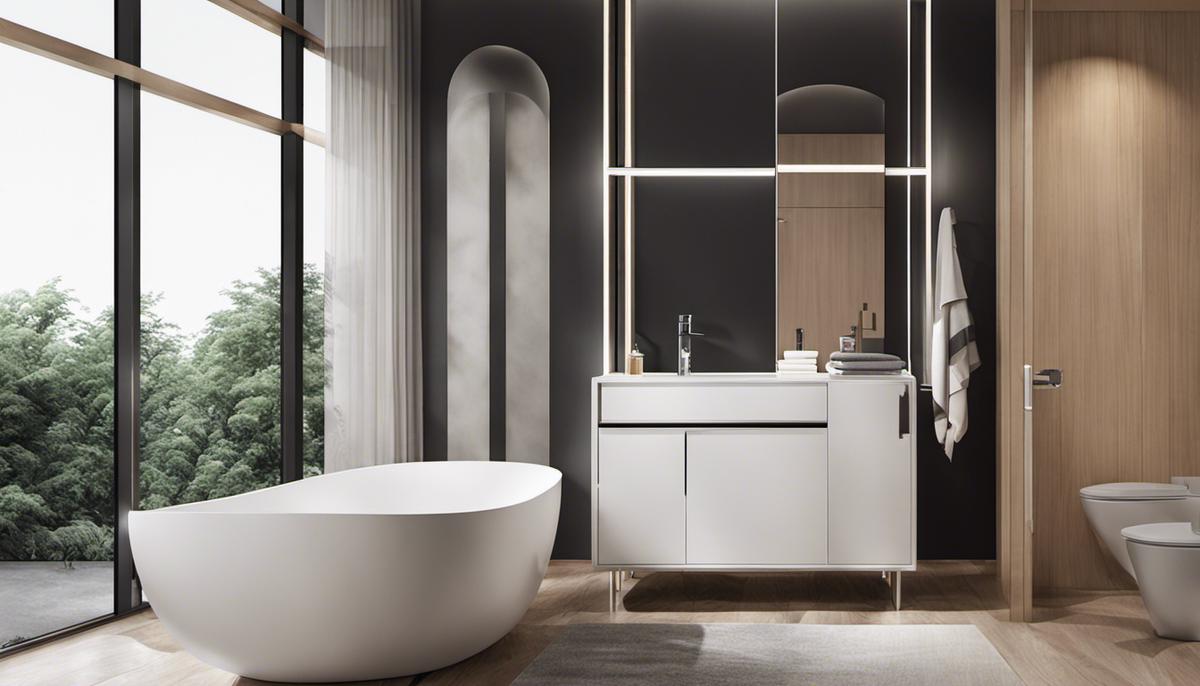
Functional Bathroom Layouts
Strategic Arrangement of Fixtures
The design of your bathroom significantly depends on the placement of your fixtures, which include elements like sinks, toilets, showers, and bathtubs. By carefully planning their arrangement, you can ensure a logical flow which optimizes functionality. For starters, the toilet should ideally not be the first thing visible when stepping into the bathroom. This can be achieved by situating it furthest from the door or using a half wall for obscure visibility. Placement of the sink should ideally be closer to the door, allowing for convenience during hand washing. For a visually balanced aesthetic, situate your shower or bathtub on the wall opposite to the sink and toilet.
Storage Solutions
Efficient storage is necessary for a good bathroom design. Use wall space for cabinets or shelves to store towels, toiletries, and other necessities. Consider recessed medicine cabinets for additional storage that does not obstruct floor space. Over the toilet, storage is another option that utilizes often unused vertical space. Built-in shower niches can hold shampoo and soap, reducing the need for cluttered shower caddies. For larger bathrooms, a linen closet can be an excellent addition.
Consideration of Space Movement
Regardless of the size of the bathroom, the layout should facilitate easy movement. A bathroom layout should provide a clear path between fixtures, and there should be enough space in front of each fixture to allow safe and comfortable use. For example, in front of a sink, you should aim for at least 30 inches of clearance. In front of a toilet or shower, aim for 36 inches. In a smaller bathroom, consider using a sliding door instead of a swinging one to prevent blockages and cramped space.
Design Ideas for Small Bathrooms
Even with limited space, you can design a functional and stylish small bathroom. Wall-mounted or pedestal sinks can save space and make the bathroom appear larger. Opt for a shower cabin instead of a bathtub if space is really tight. Use light colors and strategically placed mirrors to give the illusion of a larger space.
Design Ideas for Larger Bathrooms
If you’re working with a larger space, there’s more room to include additional elements. Dual sinks are a popular choice for master bathrooms, providing convenience for couples. Walk-in showers and freestanding bathtubs can serve as luxurious focal points. For added convenience, consider including a vanity area for applying makeup or grooming.
Adopting Universal Design
Planning for a bathroom requires thoughtful considerations that foster accessibility and efficiency for all users, regardless of age, size or ability. This concept, known as universal design, encompasses various features to enhance user-friendliness. Consider implementing walk-in showers, the use of grab bars, or non-slip flooring. Additional elements such as adjustable lighting, lever handle faucets, and higher toilet seats can also facilitate a more positive bathroom experience.
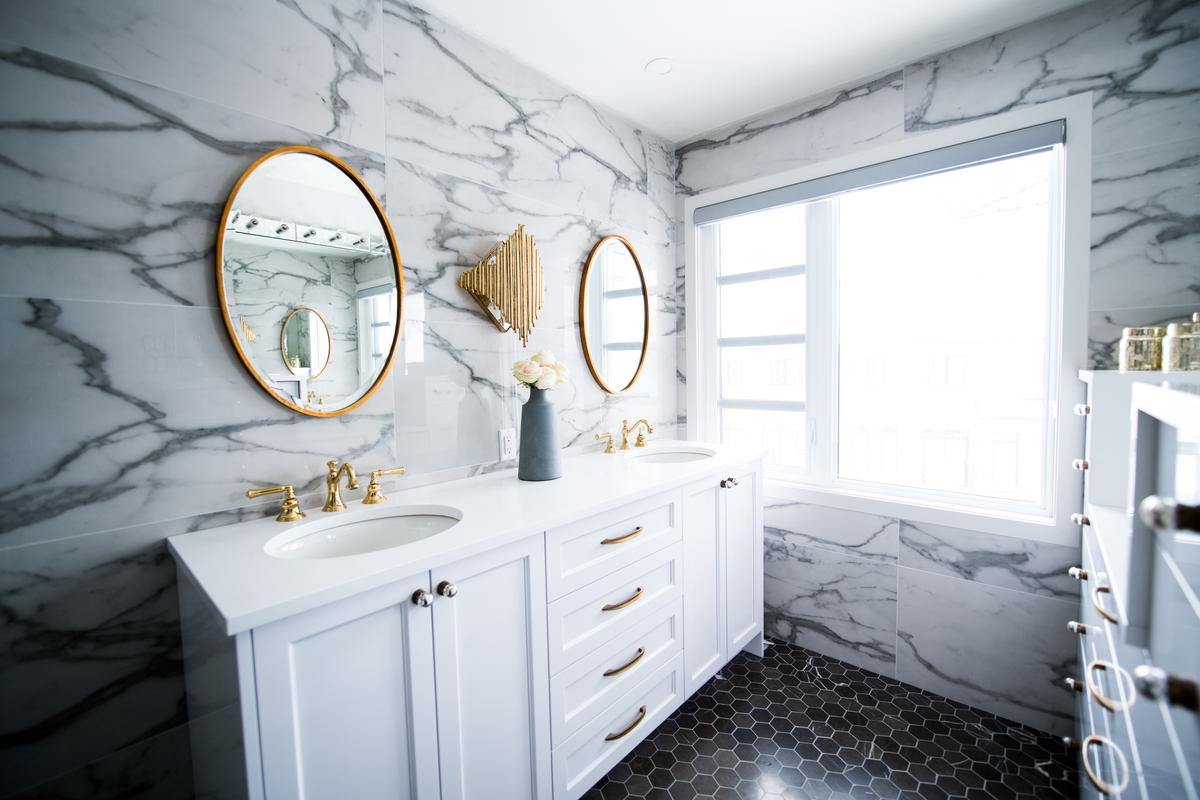
Choosing the Right Materials and Finishes
Evaluating and Selecting Suitable Materials and Finishes
Additionally, the selection of appropriate materials and finishes plays a significant role in achieving an aesthetically pleasing yet practical bathroom. To balance durability, attractiveness, cost, and maintenance, careful decision-making is essential. This process includes evaluating various options for key areas such as flooring, wall coverings, countertops, and cabinetry.
Flooring Materials
For bathroom flooring, there are several great choices, each with its unique set of advantages and drawbacks. Ceramic or porcelain tile is a popular choice due to its durability and water resistance. It comes in a wide range of colors and designs, although installation can be challenging. Vinyl flooring is relatively inexpensive, easy to install, and provides good resistance to water. However, it may not be as long-lasting or attractive as some other options. Natural stone, like marble or limestone, makes for a beautiful, high-end floor but requires more maintenance and is generally more expensive.
Wall Coverings
When it comes to wall coverings, tiles continue to be a favorite for many homeowners. They’re durable, water-resistant, easy to clean, and come in an array of colors and designs. If you prefer paint, opt for a semi-gloss or high-gloss paint that can withstand moisture. Wallpaper can also be considered, but be sure to choose one that is specifically designed for bathrooms. These wallpapers are made to resist humidity and can be easily wiped down.
Countertops
Bathroom countertops have to be resilient enough to withstand water, soap, cosmetics whilst also maintaining their aesthetic appeal. Many people opt for granite or marble, which are durable and give the bathroom a high-end look. However, they can be costly and require sealing to prevent staining. Quartz is another option; it mimics the look of natural stone but requires less maintenance. Laminate counters are budget-friendly and come in a wide variety of designs that can even mimic natural stone.
Cabinetry
Lastly, the choice of cabinetry in a bathroom also plays a significant role. Solid wood cabinets are durable and last for a long time but can also be expensive. Plywood can be an alternative; it withstands moisture better than particleboard or MDF. In terms of finishes, consider your bathroom’s moisture levels. Opt for cabinetry finishes that resist moisture, such as lacquer or varnish, to ensure your cabinets stand the test of time.
The balance of functionality and aesthetics is an integral part of a bathroom’s design. Dependable fixtures and materials, rooted in your personal taste and budget, must meet the practical necessities required by a bathroom. Although striking this balance may be demanding, a well-thought-out design can result in a bathroom that is not only visually appealing but also highly practical.
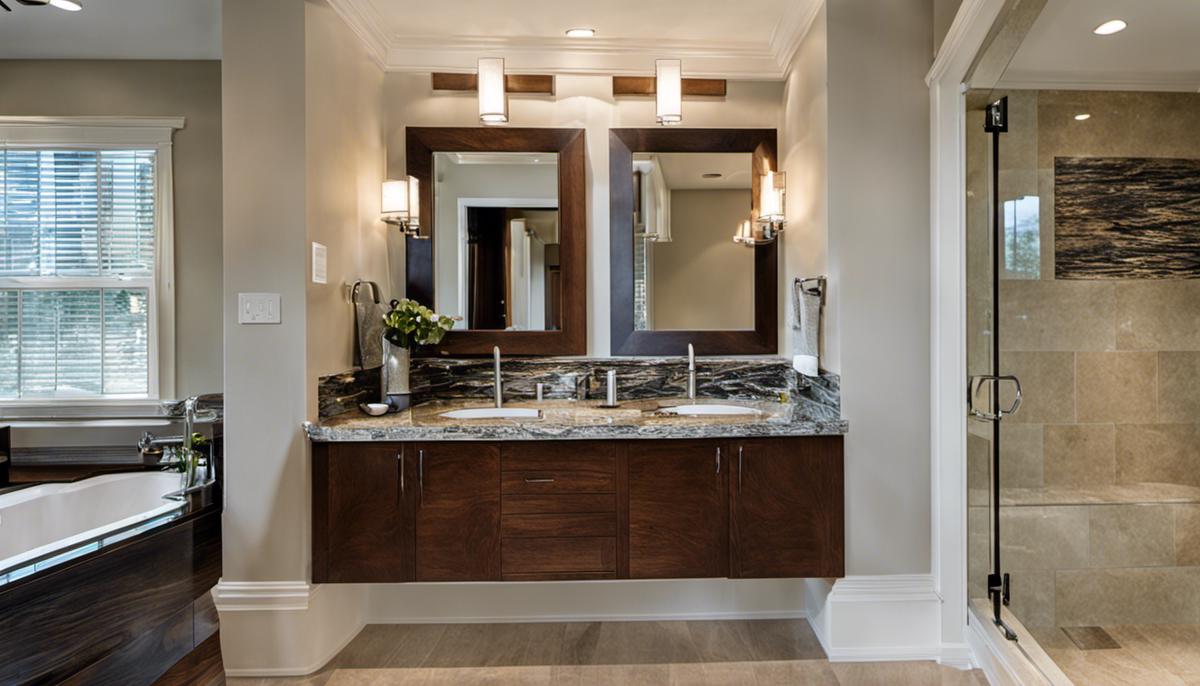
Lighting Options for Bathrooms
Understanding the Role of Proper Lighting in a Functional Bathroom
Beyond enhancing aesthetics, the role of lighting in a bathroom is instrumental to its overall functionality. The bathroom serves as a practical space where various personal care tasks are carried out daily. Therefore, a well-lit bathroom is crucial for ensuring the safety and ease of these routines. Adequate lighting can prevent potential accidents, such as slips or falls, that can occur due to poor visibility.
Different Types of Lighting to Consider
Bathroom lighting often requires more thought than people initially realize. To best accommodate the variety of tasks performed in this space, a smart blend of different types of lighting is recommended – namely ambient, task, and accent lighting.
Ambient lighting, often considered the base layer, provides the overall illumination in the space. It makes up for natural light in rooms that lack sufficient windows. Wall-mounted fixtures, ceiling lights, recessed lighting, or even an elegant chandelier can be used to obtain ambient lighting.
Task lighting focuses directly on areas where specific tasks are performed such as shaving, applying make-up, or brushing your teeth. As such, these lights are typically installed near the mirror or sink. Wall sconces, vanity lights, and mirror lights are common fixtures for task lighting.
Accent lighting, though not mandatory in every bathroom, is often employed to highlight design elements or architectural features in the bathroom. It creates depth, drama, and visual interest. Picture lights, wall sconces, and spotlights can serve as excellent sources of accent lighting.
Guidance on the Best Fixtures and Placements
Choosing the right fixtures and their placement highly influences the effectiveness of your bathroom lighting. Vanity lights are ideal for task lighting. They should be placed on either side of the mirror, rather than above it, to limit shadows and create even distribution of light.
Recessed lighting works well for ambient lighting and can be placed throughout the bathroom to provide general illumination. If you have a freestanding bathtub, placing a pendant light or small chandelier above it can add a touch of elegance.
Using dimmer switches for your lights can also add flexibility to your bathroom’s lighting scheme. It allows you to adjust lighting levels based on your needs at any given time and can help create a relaxing ambiance during a bath.
For accent lighting, focus on the areas you want to highlight. It could be a beautiful piece of art, an architectural feature, or even a uniquely textured wall.
Remember, consistency in design is key to achieving a visually appealing bathroom. Therefore, while choosing the fixtures, you should ensure they complement the overall aesthetic and décor of your space.

Designing a bathroom that’s not only functional but also reflects your personal style can be a fulfilling venture. Grasping the latest design trends, decoding the complexities of a functional layout, handpicking the appropriate materials and finishes, and selecting suitable lighting options can markedly influence the final outcome. Remember, your bathroom is a personal retreat, a space to unwind and refresh; thus, it should bring you satisfaction and mirror your unique taste. Hopefully, this guide serves as a beneficial companion in your quest to create a bathroom space that efficiently combines aesthetic appeal, well-thought-out design, and uncompromised functionality.

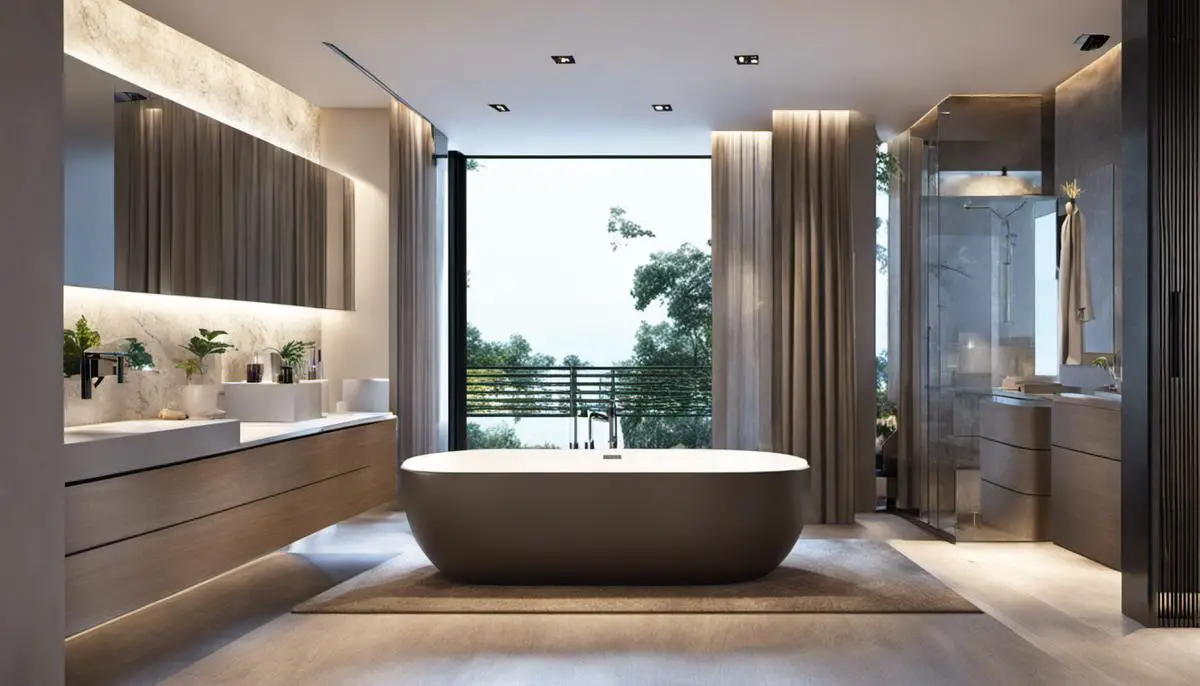
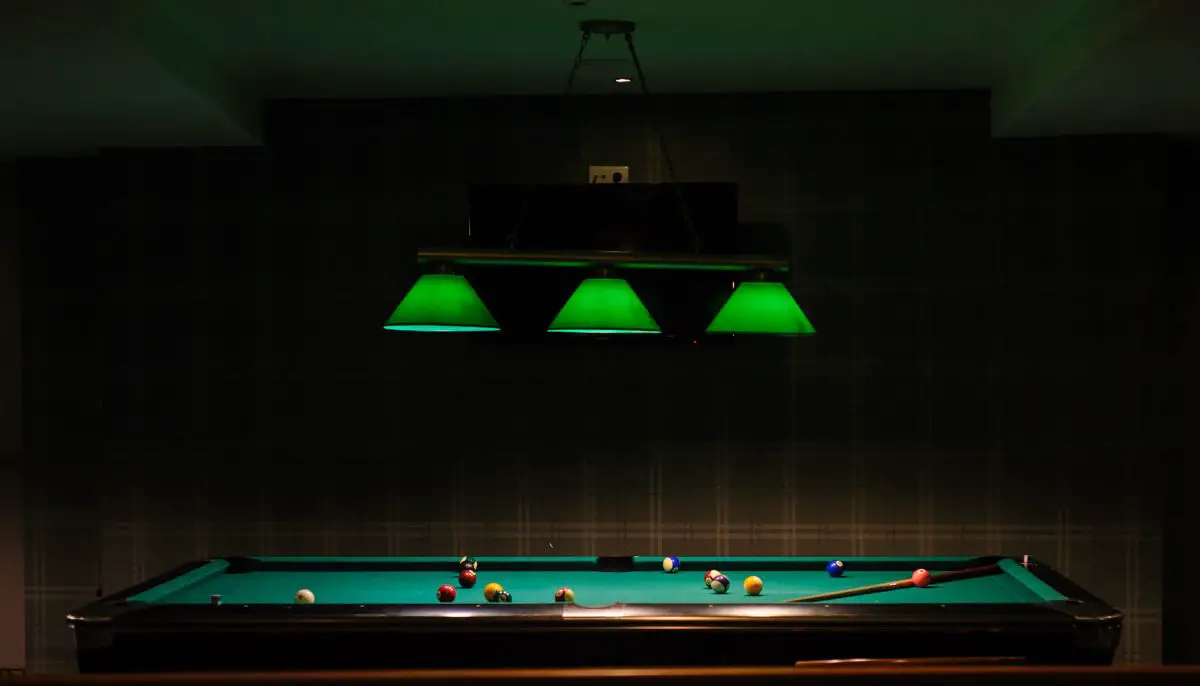
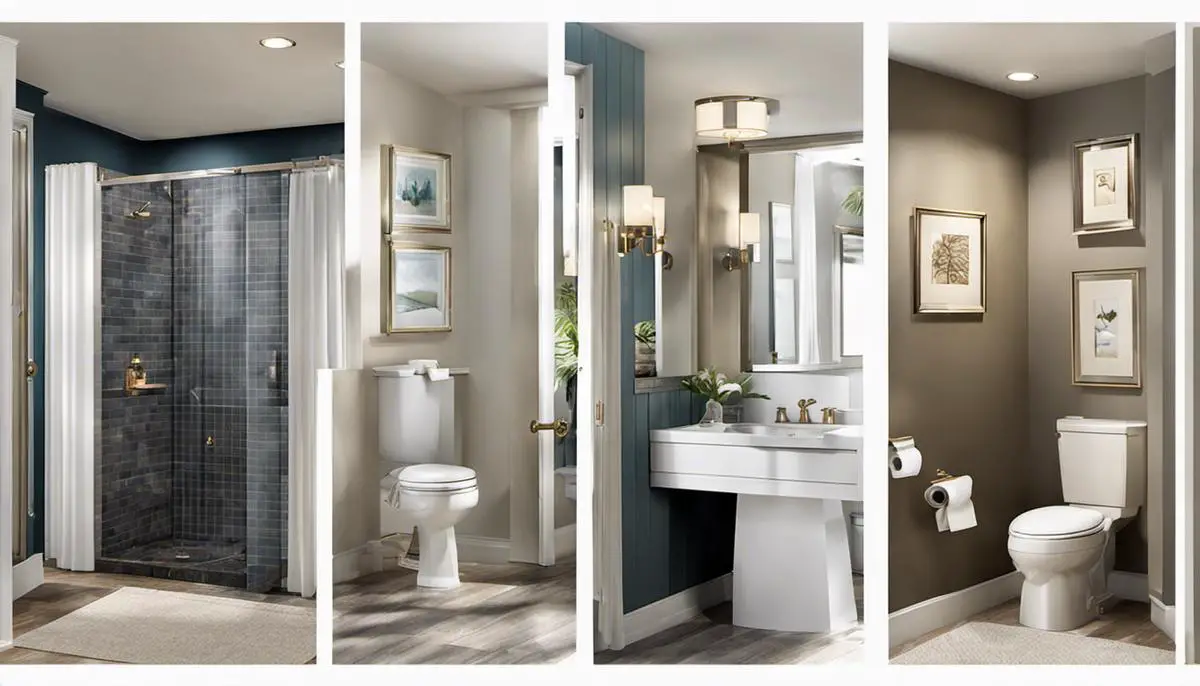
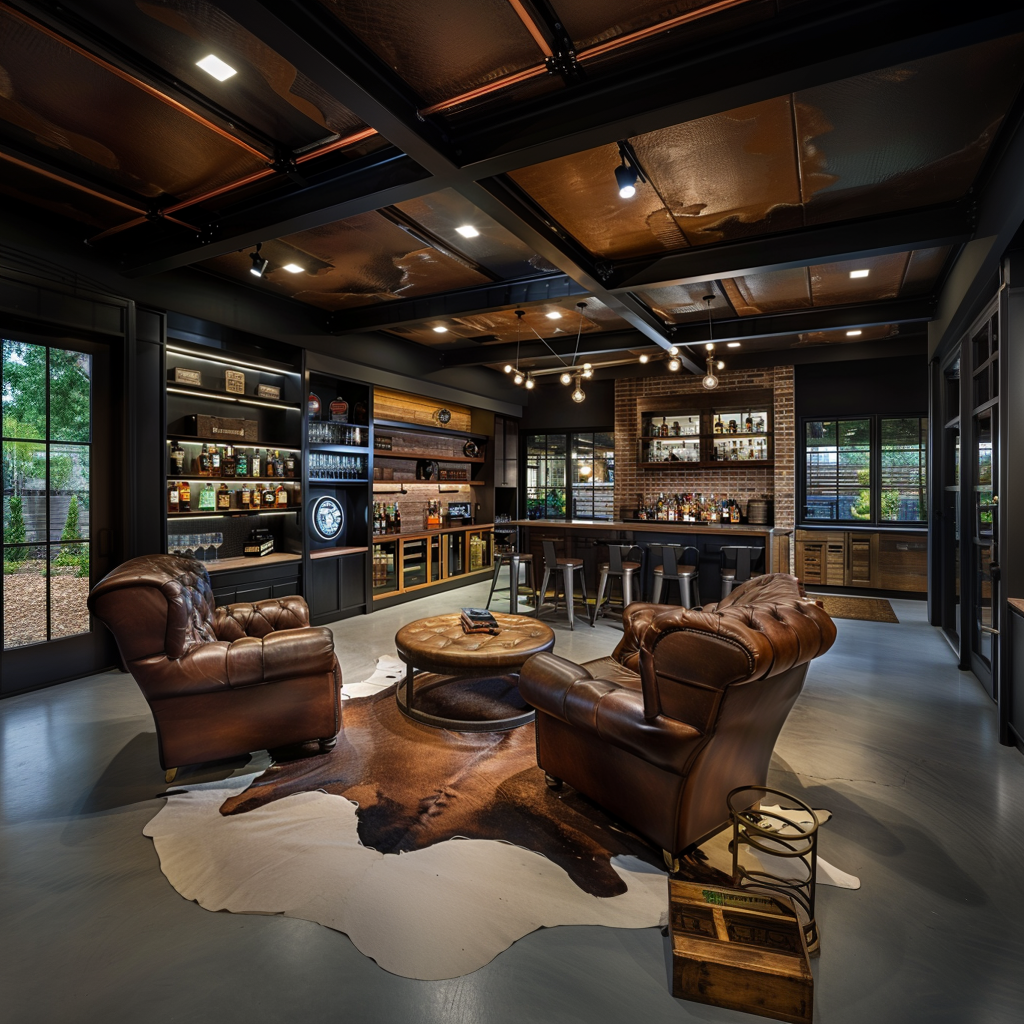
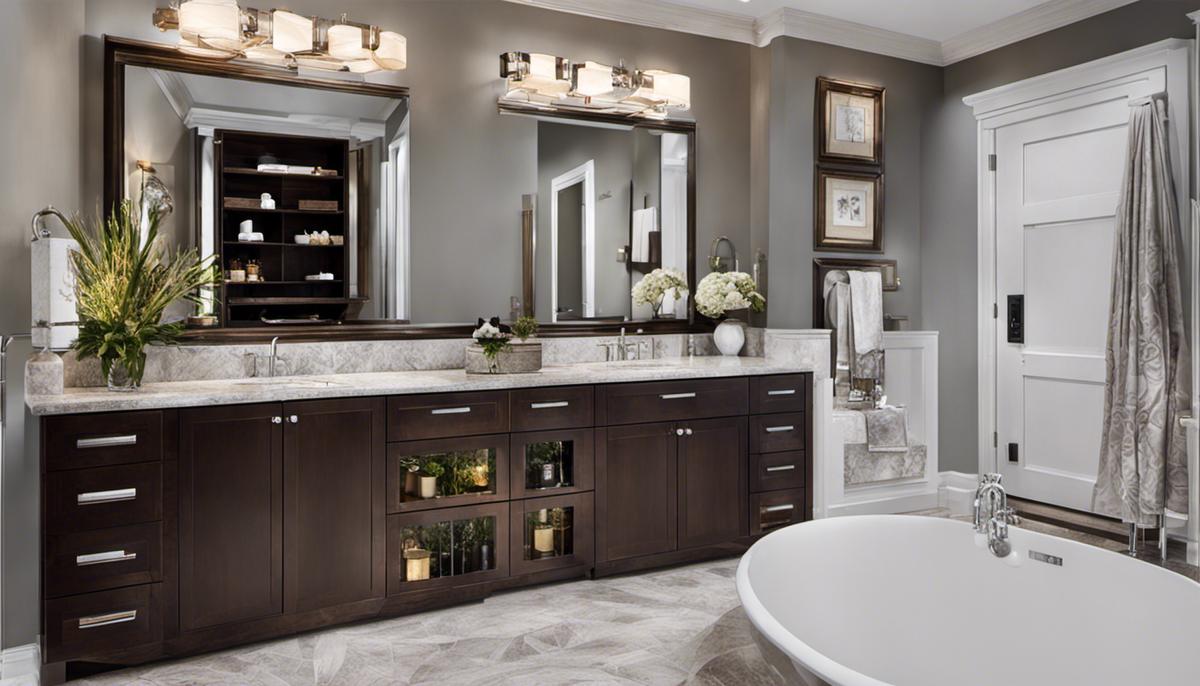
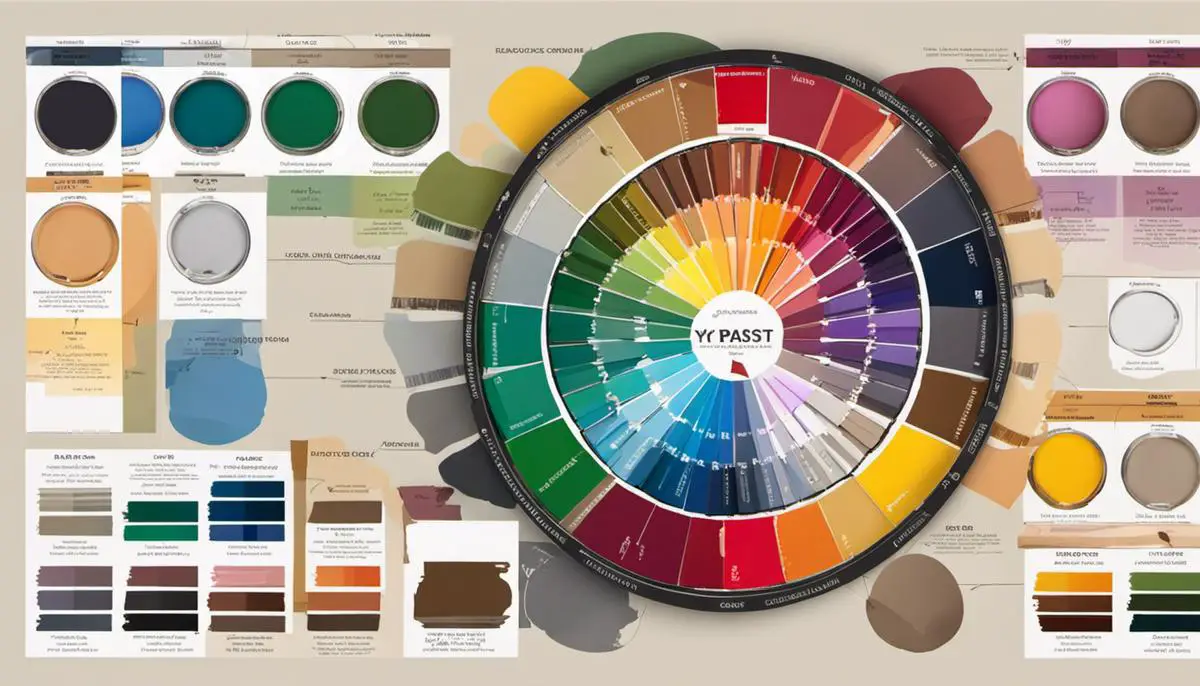

Leave a Reply